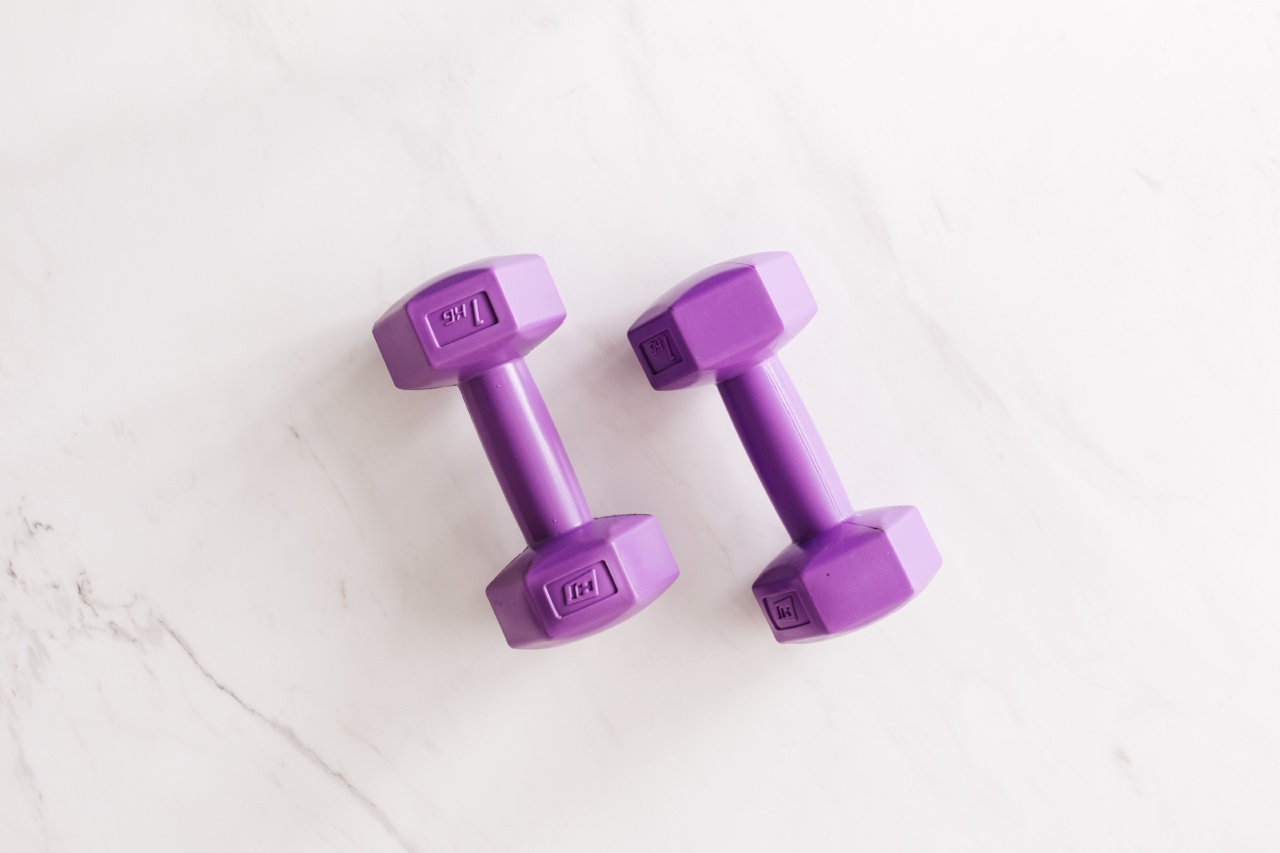For those who often lift heavy objects, whether at work or in daily life, it is essential to practice safe techniques. Lifting heavy objects incorrectly can cause serious harm to your muscles or even damage your spine.
To avoid painful injuries, follow these safe and easy techniques for lifting heavy objects.
1. Assess the weight and size of the object
The first step in lifting any heavy object safely is to assess the weight and size of the object. If the object is too heavy or too large, ask someone for help. Otherwise, you can try to break the load down into smaller, more manageable parts.
For example, if you need to move a large box, you can take out the contents and transport them one at a time.
2. Use a lifting belt
A lifting belt can provide valuable support for your lower back and core when lifting heavy objects. To use a lifting belt, place it around your lower back and secure it in place using the buckle.
Make sure the belt is snug but not too tight so that you can still breathe comfortably.
3. Bend your knees and keep your back straight
The most critical step in lifting heavy objects safely is to bend your knees and keep your back straight. By bending your knees, you can use the strength of your legs to hoist the object, thereby avoiding straining your back.
Keep your feet firmly planted on the ground and ensure your spine remains in a neutral position. Avoid twisting your back while lifting.
4. Use your legs to lift
Your legs are your strongest body part and, when utilized correctly, can help you lift heavy objects safely. Begin the lift by squatting down, then use your legs to drive upward.
As you lift the object, keep the weight close to your body to maintain balance.
5. Do not lift objects above shoulder height
To avoid neck and shoulder strain, never lift heavy objects above shoulder height. Lifting above shoulder height puts you at risk of tearing your rotator cuff or straining the muscles in your neck.
6. Take regular breaks
When lifting heavy objects, it is vital to take regular breaks. Long periods of heavy lifting can lead to fatigue, which can cause you to lose control and injure yourself. To avoid fatigue, take frequent breaks, and hydrate regularly.
7. Use equipment whenever possible
If you have access to equipment like a forklift or hand truck, use it! Using equipment reduces your risk of injury and ensures you are not physically overexerted.
8. Stay within your limits
It is essential to know your limits when it comes to lifting heavy objects. If an object is too heavy for you to lift, do not attempt to do so. Overdoing it can lead to serious and long-lasting injuries.
9. Stretch before lifting
To properly warm up your muscles and avoid injury, it is vital to stretch before lifting heavy objects. Your warm-up routine should consist of dynamic stretching exercises like hip circles, walking lunges, and squats.
Consult a certified trainer or physician to determine the best warm-up exercises for you.
10. Practice good posture
Good posture is essential when lifting heavy objects, as it helps distribute your weight evenly throughout your body. Stand up straight with your feet shoulder-width apart and your shoulders relaxed.
Keep your core engaged and your spine in a neutral position.
Conclusion
By following these easy and safe techniques, you can lift heavy objects without risking unnecessary injury.
Remember always to assess the weight and size of an object, use a lifting belt, bend your knees and keep your back straight, use your legs to lift, take breaks, use equipment when possible, stay within your limits, stretch before lifting, and practice good posture.































